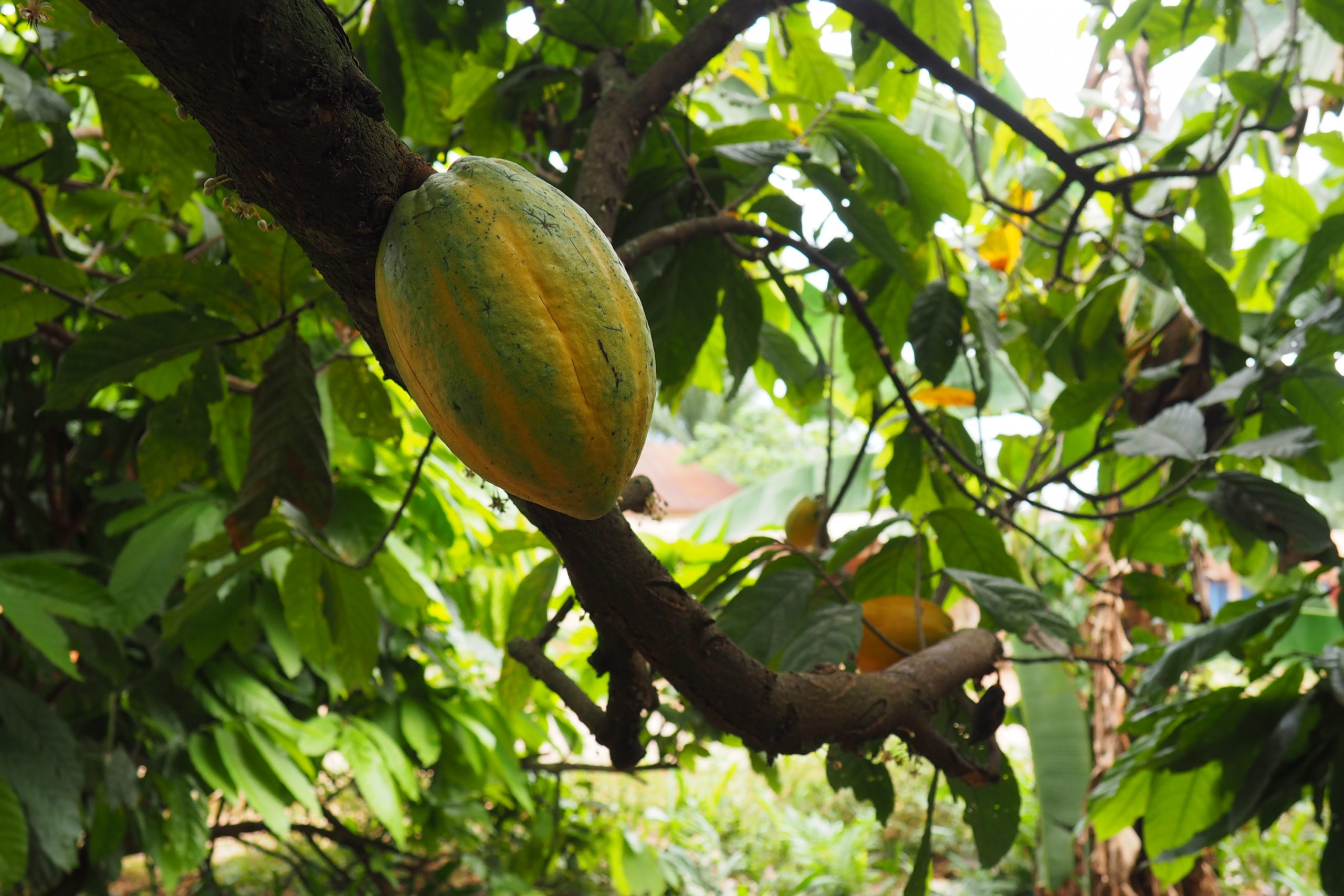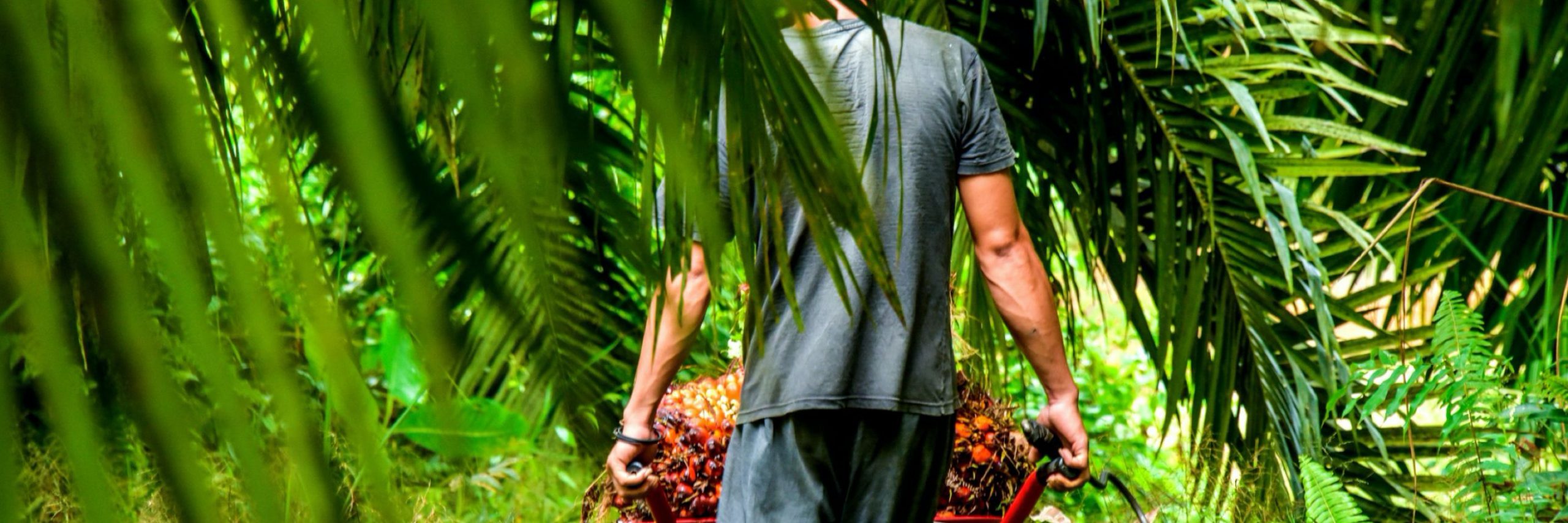Duration of engagment
Short (1-3 months (including preparation) for an online presence or a public event)
Cost
$-$$ depending on the level of audio/visual production and/or paid media required
In the real world
Showcasing progress at a green district festival
In Indonesia, the Sustainable Districts Association (LTKL) holds a festival where member districts can showcase progress towards their sustainability visions. In 2019, Siak District hosted this event to build support for its Green Siak Declaration and the multi-stakeholder collaboration that brought it to life. Several palm oil and pulp and paper companies helped develop and implement the Festival, sharing their own actions that are contributing to the Green Siak goals. For example, APRIL presented its Fire-Free Villages program and its restoration initiative, and how both efforts advance Green Siak’s objectives. Golden Agri-Resources (GAR) shared its efforts to advance Green Siak by working with public and union officials to expand smallholder certification. A video at the festival showed company representatives discussing their engagement in the district’s L/JI.
Key points for companies
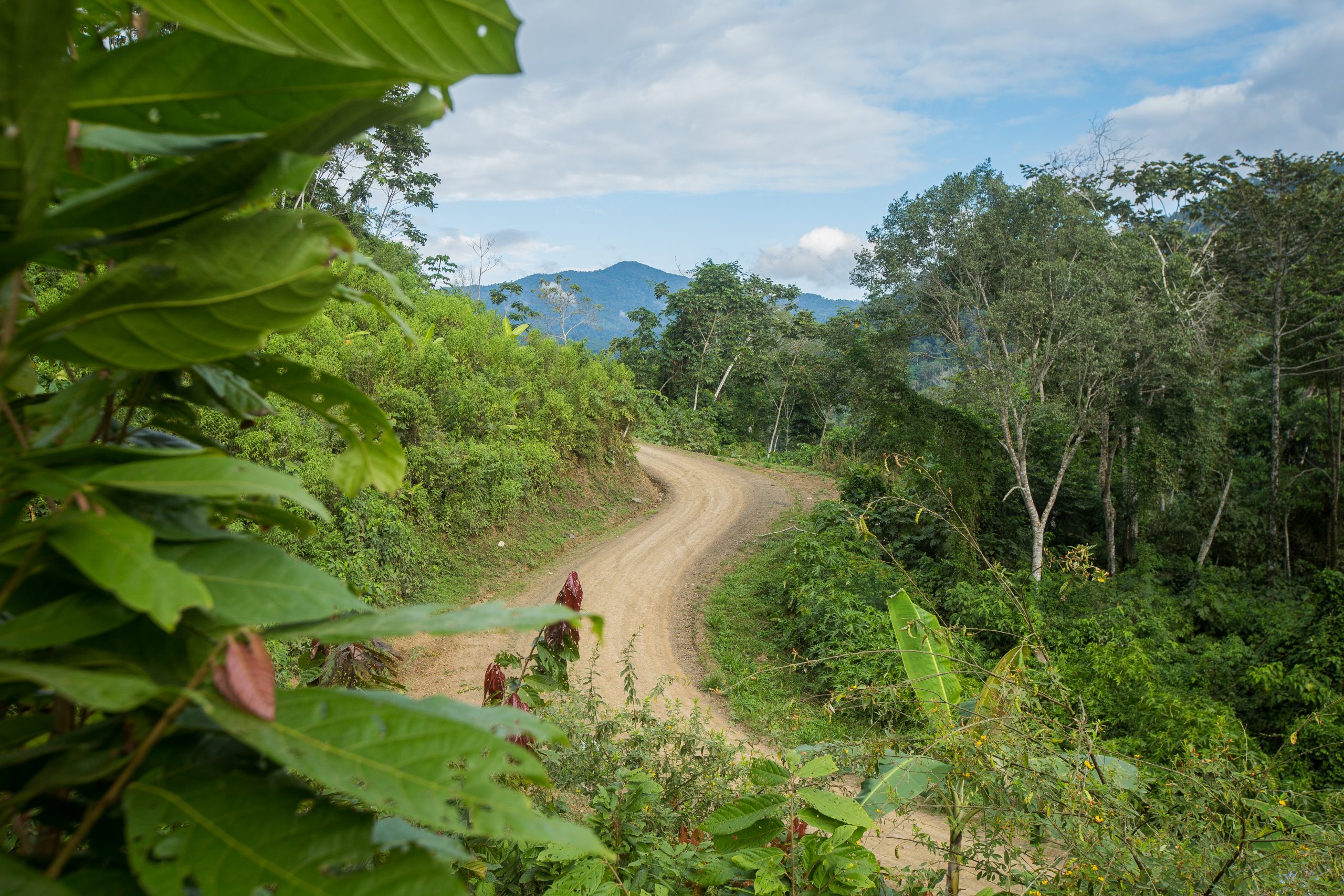
Foremost, companies should rapidly address negative impacts associated with their own operations and sourcing, and credibly report their progress. Although L/JIs need to generate excitement, momentum, and support, companies risk the “greenwashing” label if they champion an L/JI while still driving deforestation.
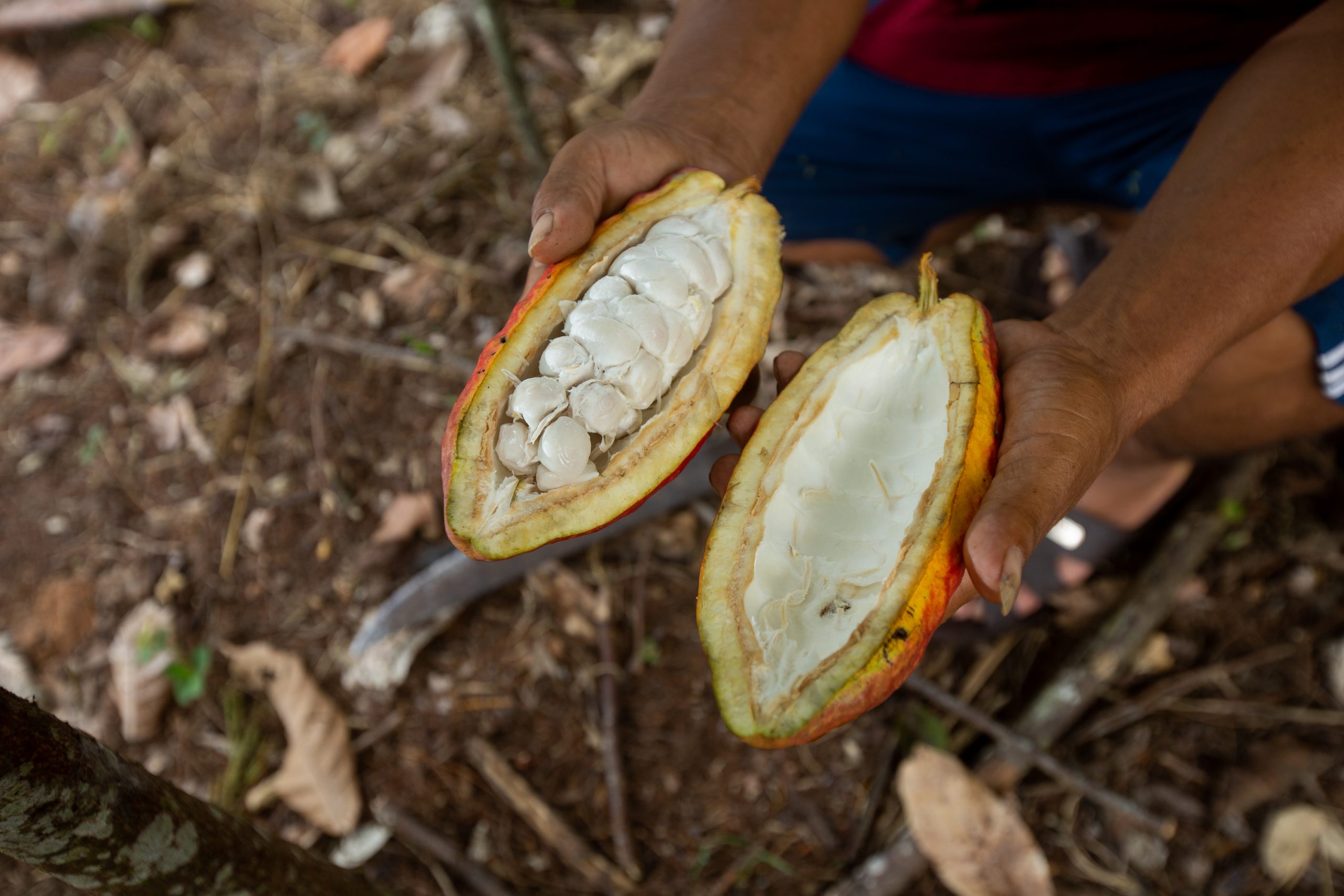
Companies should share how they are advancing an L/JI’s objectives as well as what progress the initiative is making overall, communicating to both internal and external stakeholders.
- Within the landscape/jurisdiction, companies can help to explain the purpose of, local benefits from, and rationale for the L/JI. They can also share with potential participants the reasons why they are engaging, how committed the government is, what current participants are doing, and how other stakeholders can get involved.
- Outside the landscape/jurisdiction, companies can indicate where the L/JI is succeeding, and where it still needs support from donors or other businesses.
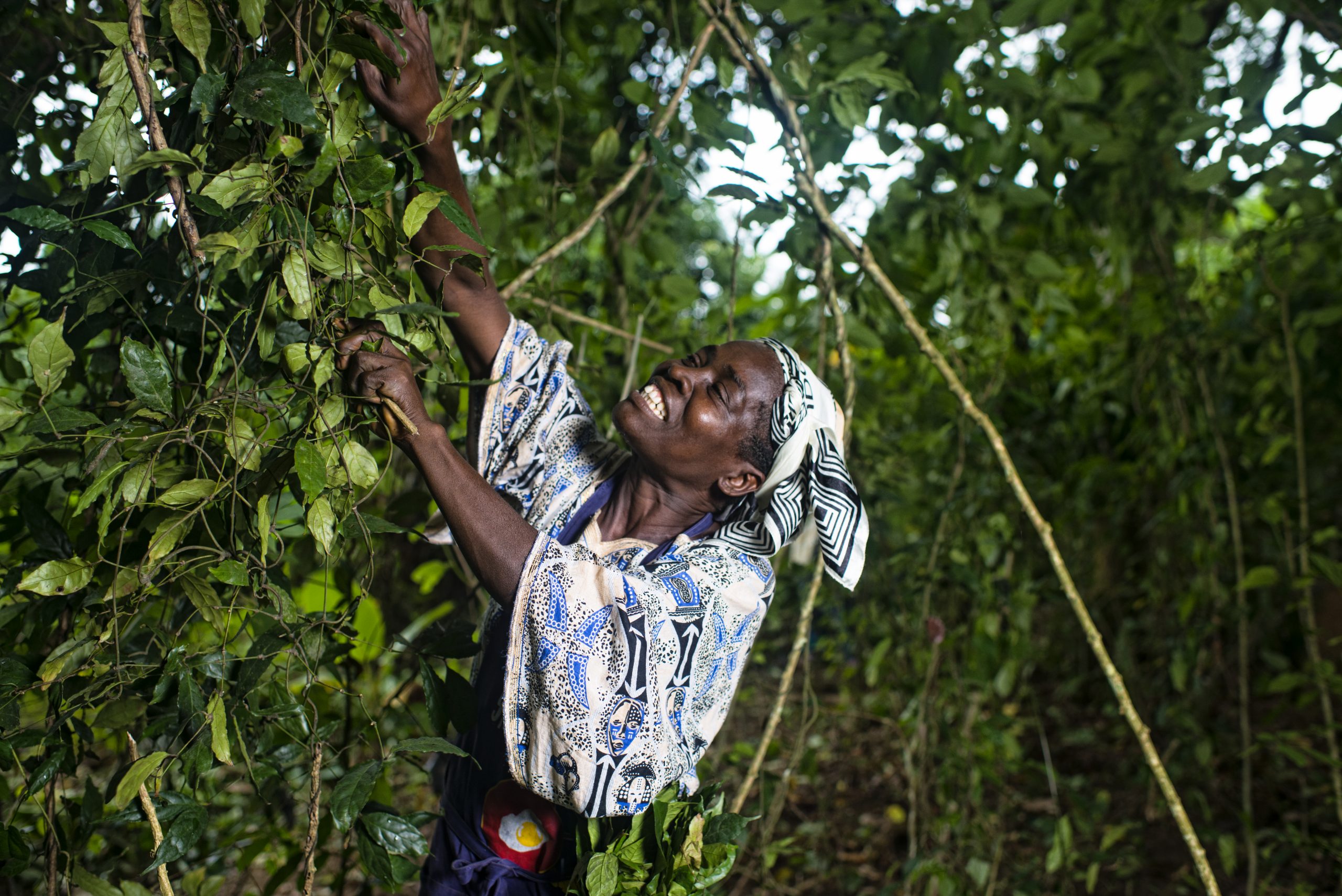
All storytelling efforts should be based on a clear, shared understanding of the target audiences, their languages, trusted media, understanding of forest and commodity sustainability issues, and what narratives and messages will most likely motivate them to support the L/JI and engage with it over time.
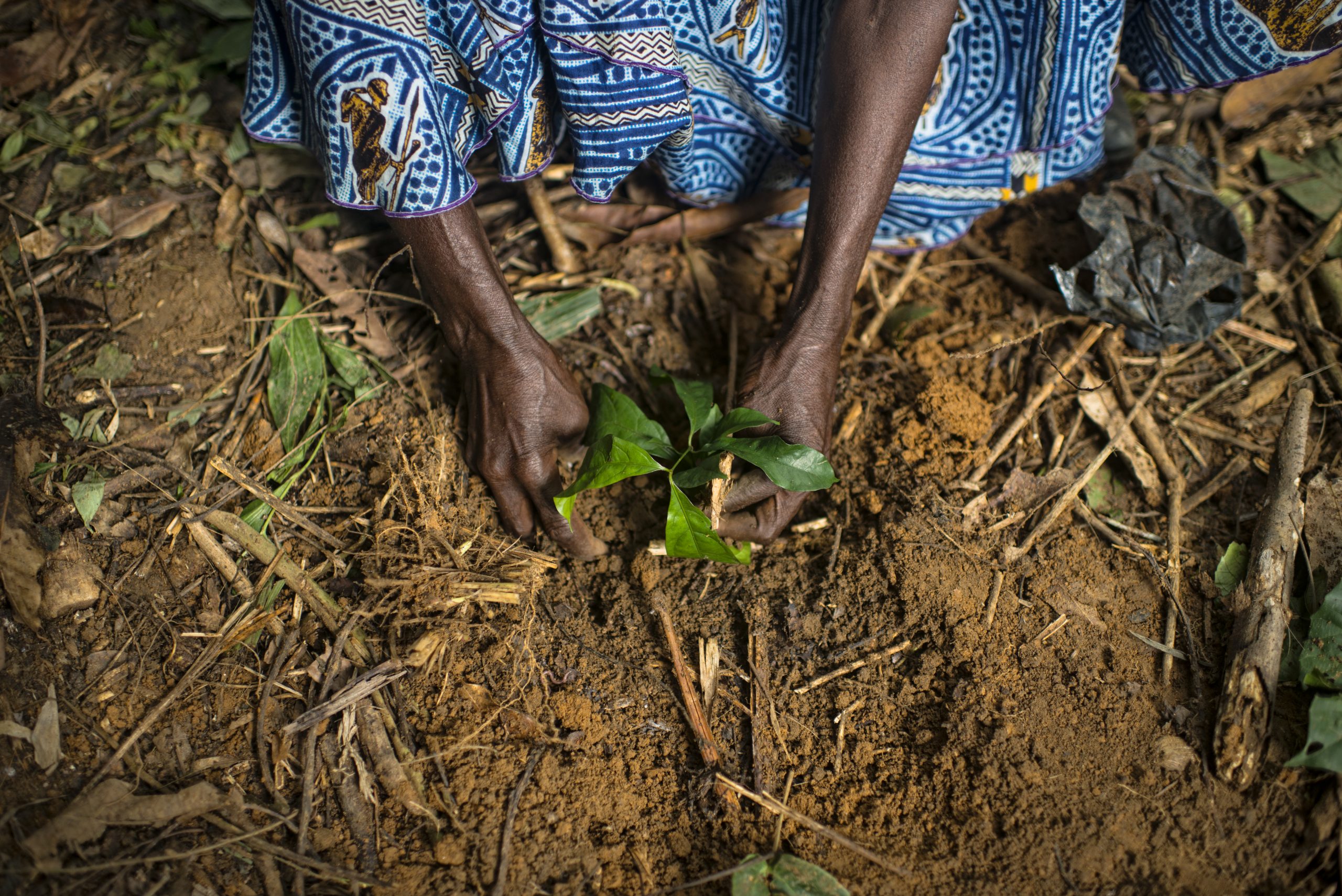
If a company communicates specific actions taken to support an L/JI, these should be put in context by providing a sense of the relative scale and intensity of the contribution. ISEAL Alliance has developed recommendations for ensuring that such communications and claims are made clearly, precisely, and credibly:
- Describe the nature of the actions clearly, specifically, and truthfully.
- Quantify and contextualize the extent of the actions in relation to the entity’s full operations, to allow proper interpretation of their scale and scope. For example, if a company claims that it supports 10,000 oil palm smallholders to become certified, it should also state the total number of oil palm smallholders in its full supply chain.
- Define and document the timeframe for implementing the actions, along with implementation progress.
- If an action is a partial contribution to a broader effort under an L/JI, specify the extent and nature of the specific contribution.
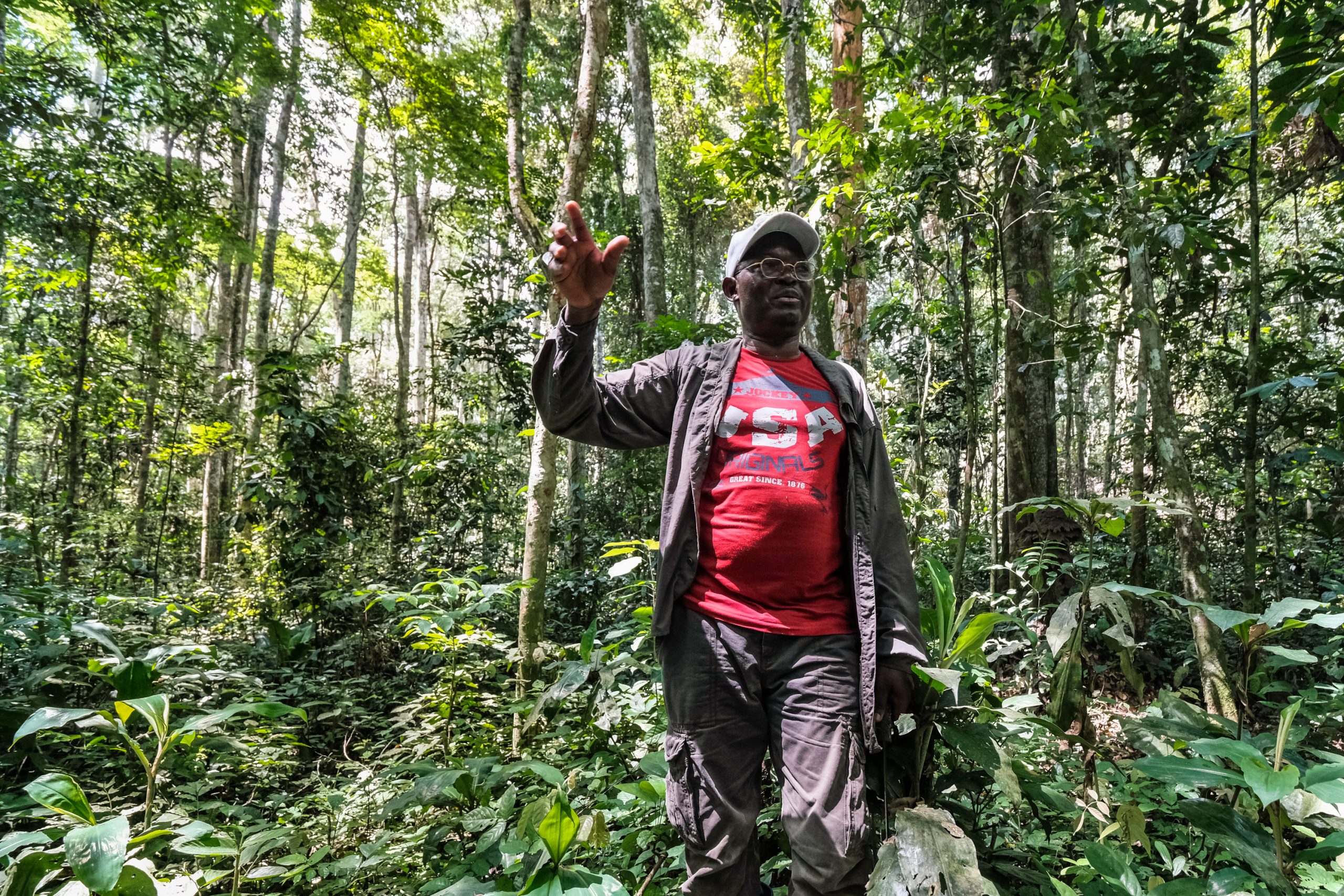
Messengers are as important as messages. Companies and their L/JI partners should identify who among their staff are most appropriate to contribute stories and examples. If several companies participate in the L/JI, find ways for each to gain public visibility. Company representatives can best present the L/JI jointly with suppliers, community members, NGOs, and government officials so it is clear that the companies are full partners in the L/JI.
Developing public messages, stories, and events will encourage L/JI stakeholders to discuss the overall purpose of the initiative
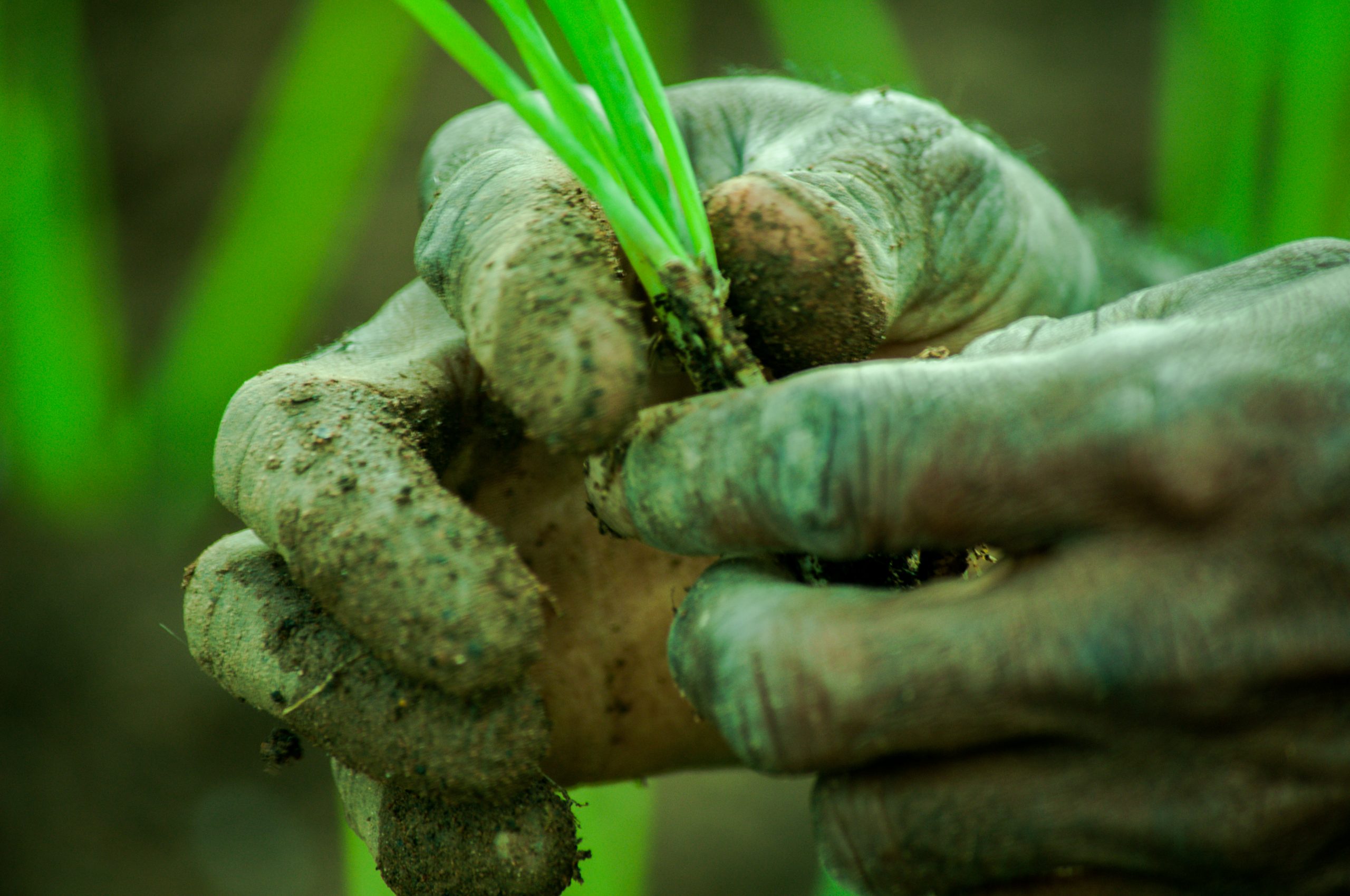
Developing public messages, stories, and events will encourage L/JI stakeholders to discuss the overall purpose of the initiative and what is/is not working. Companies can use discussions about public communications as a way to raise concerns with their partners and positively influence what other partners say and do.
External conditions that improve likelihood of success
- The L/JI is developed enough as concept or in implementation to be ready for public launch/outreach
- The L/JI understands its target audiences and media channels for communicating its vision and work
- To reach these target audiences, it has access to the most relevant broadcast media (radio, TV) and social media (platforms, blogs, podcasts)
- L/JI partners are willing to contribute spokespeople and recruit well-known government, business, NGO, entertainment figures to endorse the initiative
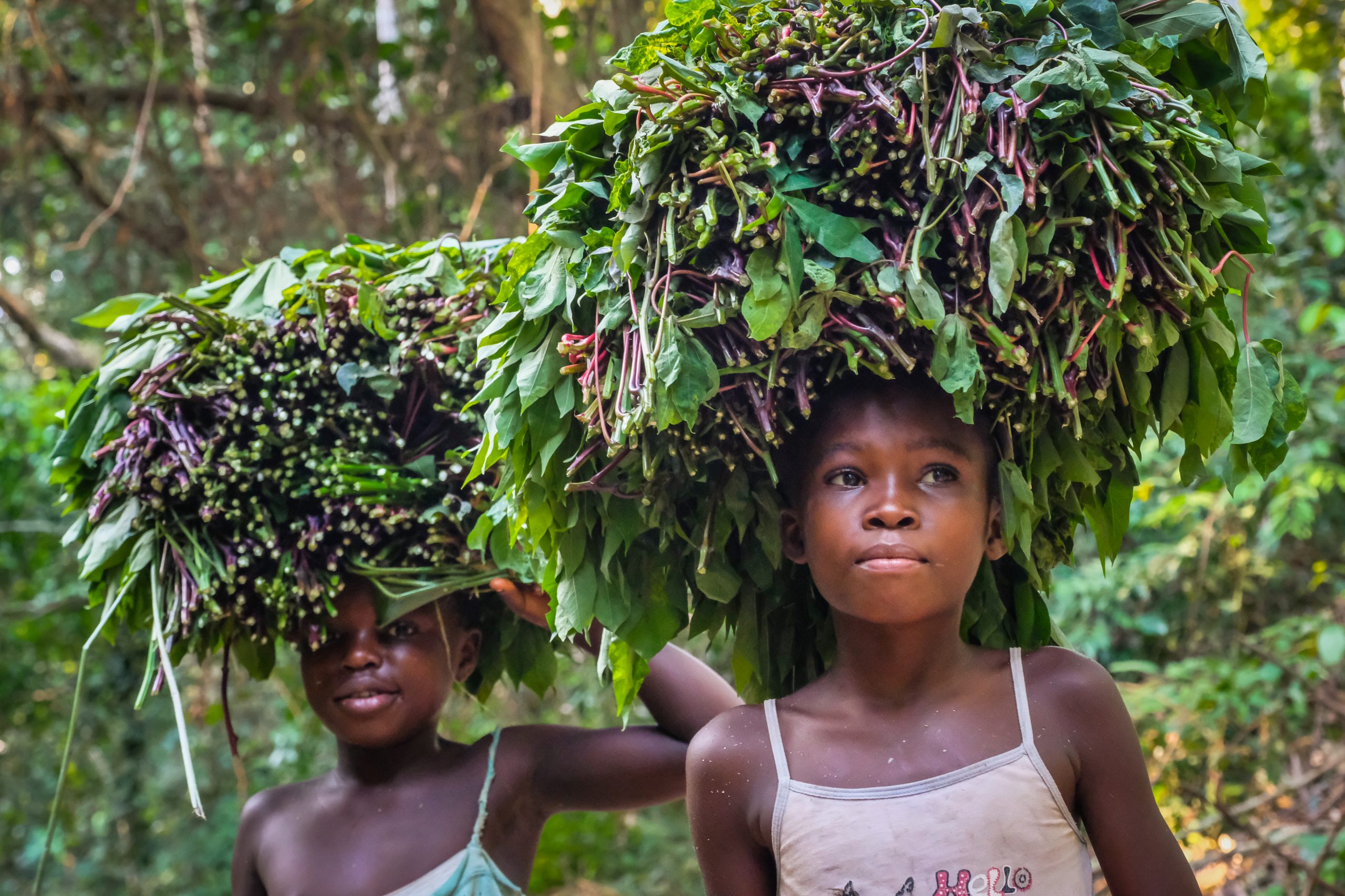
The business case for this intervention
- By aligning jurisdictional goals and KPIs with its own sustainability messages, a company can leverage multi-stakeholder efforts to help amplify the story it needs to convey.
- Shared narratives can serve double-duty as a company’s ‘unbranded’ communication and augment the credibility of the message itself for targeted audiences.
- Communicating the initiative to the residents and organizations operating in the landscape/jurisdiction can help to grow local support for it.
- Honest storytelling gains recognition for the company’s contributions and strengthens its credibility and relationships in the jurisdiction.
